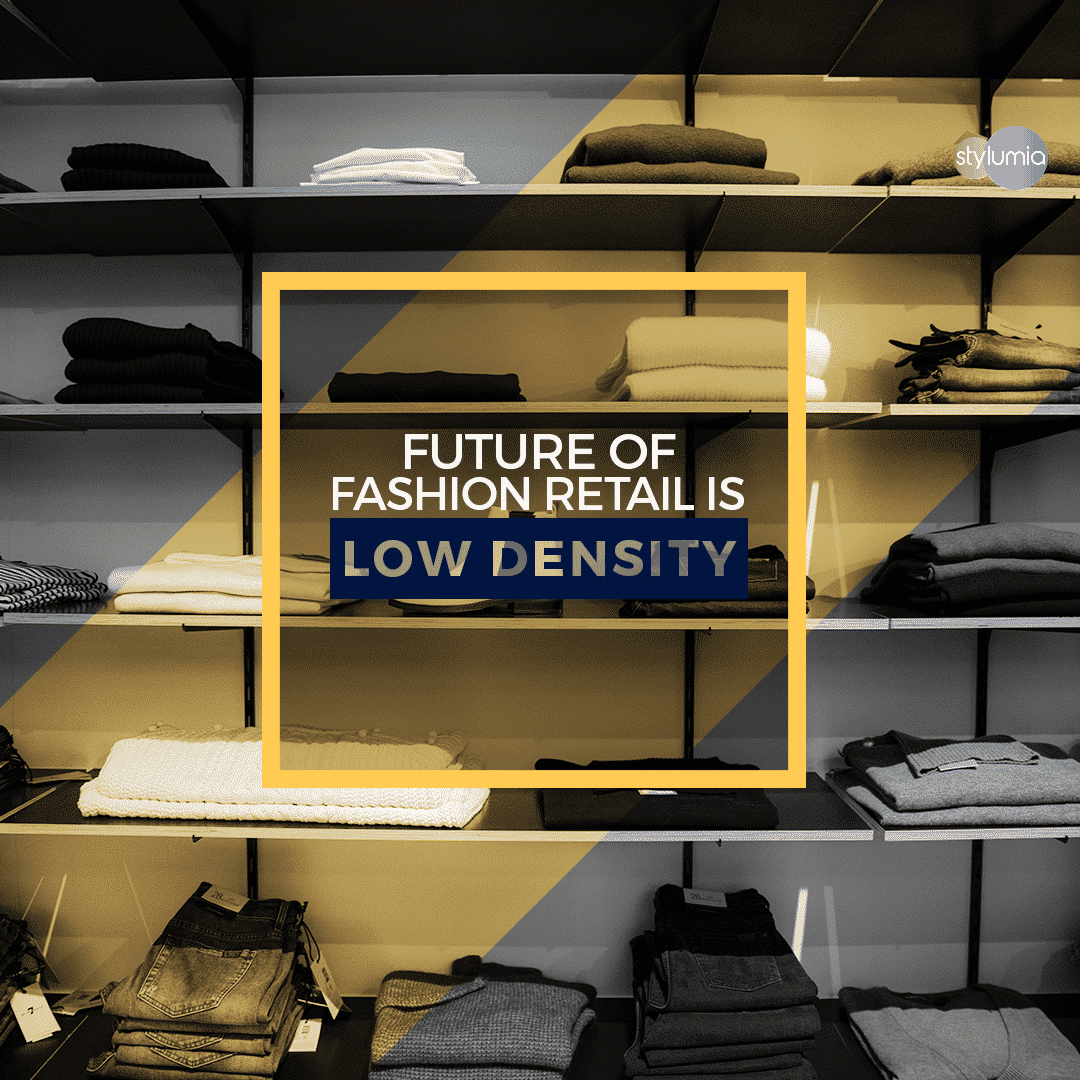The Future Of Fashion Is A Low-Density NOT High Density (HD)

In this world of transparency, consumers are more and more connected with “Purpose Driven Brands” which resonate deeply with them. This edit is about a purpose-driven fashion brand from Sweden, what one can learn from it and what is the future of fashion. I just returned from Vietnam wherein I got to meet Kristofer Tonstrom (Group CEO at Filippa K) who was a fellow speaker along with me in a Global Leadership Summit. We discussed various topics from strategic sourcing implications in a world of Tariff barriers, the role of technology in a sustainable world of fashion, the future of fashion, etc.

What caught my attention was their purpose and the way the brand is being built. There are lots of takeaways for anyone in the fashion business.
We foresee the high density, high use and throw wardrobes of consumers are going to go towards low density, long-life ones.
It is a matter of time, consumers respond like,
“FASHION IS THE NEW PLASTIC”
In this context, this Swedish brand FILIPPA K‘s principles make a lot of sense. It is more important these days when consumers have the power to Unselect you.
How does FILIPPA K live the Brand Purpose?
Filippa K is governed by some key principles,
#1 Driven by big “Why”, Mindful consumption
#2 Minimalism as Lifestyle
#3 Interpreting Fashion, Aesthetically Balanced & Longevity
#4 Understated Elegance (Style + Simplicity + Quality)
#5 Walk The Talk, Be transparent and tell your story
#6 Stay Relevant
#7 Data-driven creativity + Design Integrity
#8 Resource efficiency
The brand has over 70% of styles sustainable now. It does not mean that the brand compromises the style elements for sustainability. It focusses on a balance of,
SUSTAINABILITY + STYLE + FIT
Can you guess how many times a fashion product is used in its lifecycle in Europe, the US and Fast Fashion? The numbers look like this…

Filippa’s consumers on an average use the garments 75 times. This is 10 times more than Europe’s usage. In fact, they are looking at calculating cost per wear as a measure of value.
Filippa K is doing counter-intuitive actions by promoting reused garments. They did a campaign for their followers in social media to post pictures of their most used, old garments. This Christmas, they have collected old garments from their consumers and selling them with a special tag like “You are the proud third owner of this garment”.Here is the brand philosophy by the founder Filippa Knutsson

If you too are inspired by this brand, you can get the brand book here or click the image below.

We see this as a starting point of disruption coming up in the future of fashion from a combination of purpose, sustainability, consumer understanding.
We see this as,
Low-Density Wardrobe —> Low-Density Retail —> Low-Density Assortment —> Low-Density Thinking (Purpose Driven)
We need to be asking questions challenging our current assumptions in the industry for us to come with solutions for this new paradigm. This development will be faster than we think it will be.
Doing less to accomplish more needs a lot more sophistication.
We found a good match in terms of our approach in Stylumia, using cutting edge technology to enable fashion brands and retailers to make informed decisions from design to distribution to eliminate/minimise wastage, enabling a high-filter low-density approach to fashion retail. Here is an overview of our solutions to prepare your brand for Less is More.

If you are interested in any of our solutions, please reach out to us to make your brand future-proof and before it is too late.



